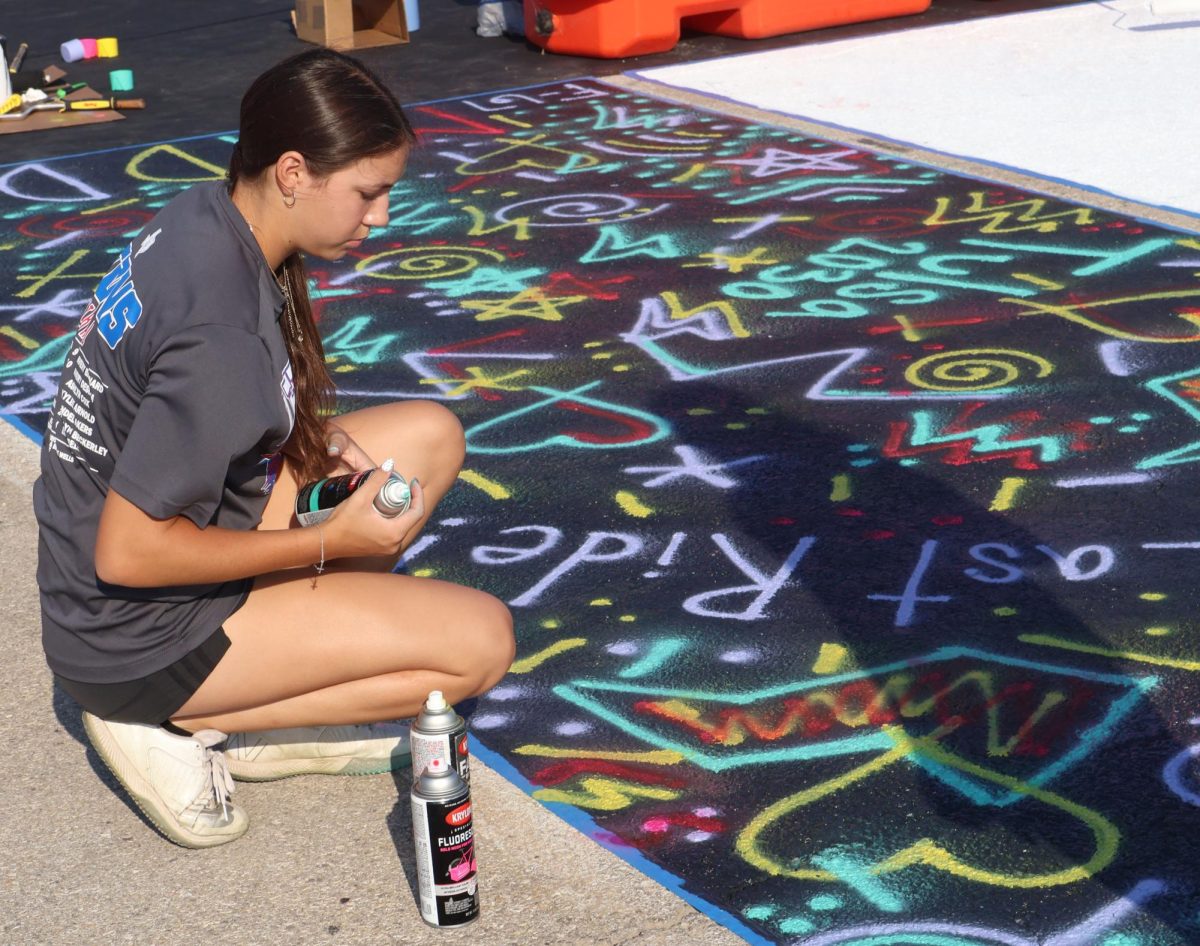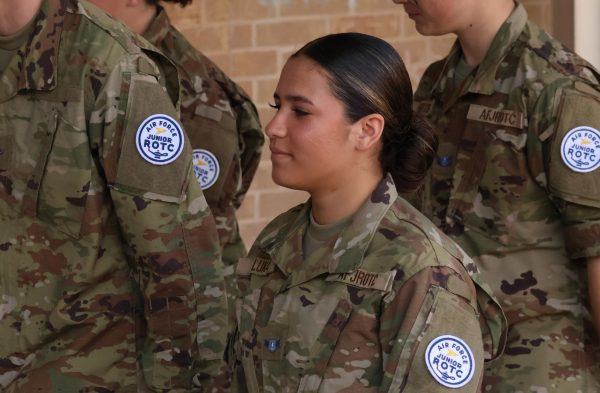Get the Facts Straight: Monkeypox Virus
Facts about monkeypox.
ArcMachaon, Public domain, via Wikimedia Commons
World map tracks the current spread of Monkeypox.
September 9, 2022
What Is Monkeypox?
Monkeypox is a zoonotic virus, which means it transfers from animals to humans. It’s also a part of the Poxviridae family, a group of double-stranded DNA viruses.
It’s estimated that the virus originated in 10,000 B.C.E, but it was officially discovered in a colony of monkeys used for research in Copenhagen in 1958.
While humans and monkeys can contract the virus (hence the name) Monkeypox is most commonly seen in rodents. In fact, the suspected culprits behind the 2022 outbreak were a shipment of giant Gambian pouched rats that were held next to a consignment of prairie dogs.
What To Be On The Lookout For
Some of the Monkeypox’s symptoms include:
- Rashes
- Chills
- Fever
- Exhaustion
- Swollen lymph nodes
- Headaches
Most Monkeypox patients report symptoms three weeks after exposure to the virus.
Monkeypox’s most common symptom is rashes and its tell-tale sign. Some monkeypox patients report only having the rashes and not the flu-like symptoms, but all patients have experienced rashes.
The monkeypox-induced rashes may initially look like pimples and can be painful. They usually last around 2-4 weeks, or until the scabs left by the rashes have healed and a new layer of skin is formed.
How It Spreads
Monkeypox is spread through direct contact. The virus can either be contracted via direct contact with a monkeypox patient or by touching objects that are infected. Currently, scientists are unsure how the virus can be transmitted from infected animals, so for now, it’s best to avoid animals such as rodents and primates.
Ways to Prevent the Virus
As obvious as it may seem, the number one way to prevent monkeypox is to avoid close skin-to-skin contact with anyone with rashes resembling it. This includes touching scabs, rashes or hugging anyone.
Another important way to prevent the virus would be to wash your hands often with soap and water. After washing your hands, you should use an alcohol-based hand sanitizer.
Vaccines
The JYNNEOS vaccine is the approved vaccine to prevent Monkeypox. It’s also used to vaccinate smallpox due to the viruses’ similarities.
It’s recommended to get vaccinated if you’ve had intimate contact with anyone who has been diagnosed with monkeypox. However, getting vaccinated is not recommended if you haven’t been exposed because of its limited supply. It also reduces the number of vaccines for people that actually need them.
In large cities, vaccines are usually available at public health clinics, hospitals and health departments. If your local hospitals and public health clinics don’t have the vaccine, they may only be available from the health department.
Travel
If you have contracted monkeypox, you should isolate yourself at home until your rashes have completely healed and your other symptoms are gone. If you have monkeypox and need to travel, it’s recommended to wear a mask and cover all your rashes in gauze wrap.







